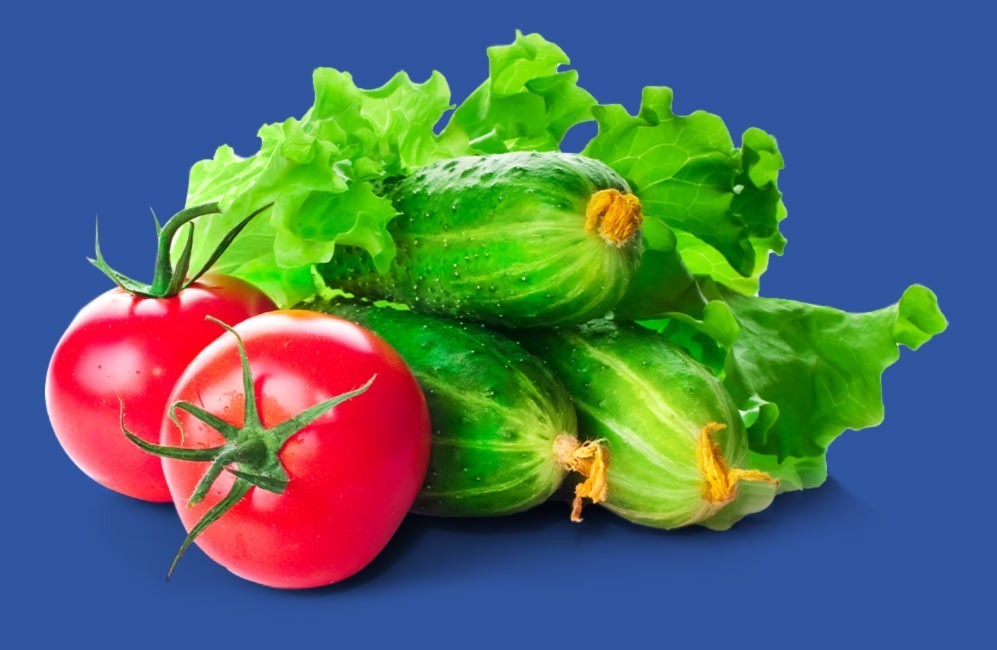Today, store shelves are full of a variety of whole-grain options. From tried and true wheat to newcomers like teff and sorghum, this guide will highlight the latest research, break down the benefits and help you navigate your next meal.
What Is a Whole Grain?
Whole grains contain three components: the bran, the germ, and the endosperm. Refined grains, like white rice and all-purpose flour, have had the bran and germ removed.
Whole grains pack healthy nutrients including dietary fiber, resistant starch and health-promoting phytochemicals like polyphenols, lignans, and saponins. Individual grains vary, but several types are also good sources of manganese, thiamin, niacin, vitamin B-6 and/or selenium.
How They Lower Cancer Risk
Research shows that eating whole grains daily can help reduce risk for colorectal cancer. Our latest report found strong evidence that eating about three servings (90 grams) of whole grains daily lowers the risk of colorectal cancer by 17 percent. This may be due, the report says, to the many compounds in whole-grain foods like fiber, vitamin E, selenium, lignans, phenols and others that have shown anti-cancer actions in lab studies.
The wide variety of whole grains makes it challenging to pinpoint the exact mechanism that reduces cancer risk, but all for whole grains the one factor they have in common is fiber. There are several ways fiber may lower risk, including diluting potential carcinogens and promoting healthful bacteria growth.
Population studies on breast cancer related to dietary fiber and whole grains are more limited and mixed. One analysis of studies ties dietary fiber intake of 25 grams a day and more with lower risk, although this link may vary with the type of breast cancer and type and source of fiber.
Other studies link whole grains with lower levels of inflammation and insulin resistance, which link to cancer development. Yet controlled intervention trials are not clear in showing these benefits.
Indirectly, research has consistently linked greater whole-grain consumption with lower risk for overweight and obesity, a significant factor that increases risk for at least 11 cancers.
The Whole Picture
A diet rich in a variety of plant foods, like whole grains, can help lower your risk for many of the most common cancers. AICR recommends filling at least 2/3 of your plate with these plant foods. The 2015 Dietary Guidelines for Americans recommend making at least half of your grains whole grains. The best way to get all of the benefits is to take advantage of all the options and try something new at your next meal. Check out our top new grains to try for some healthy inspiration.





